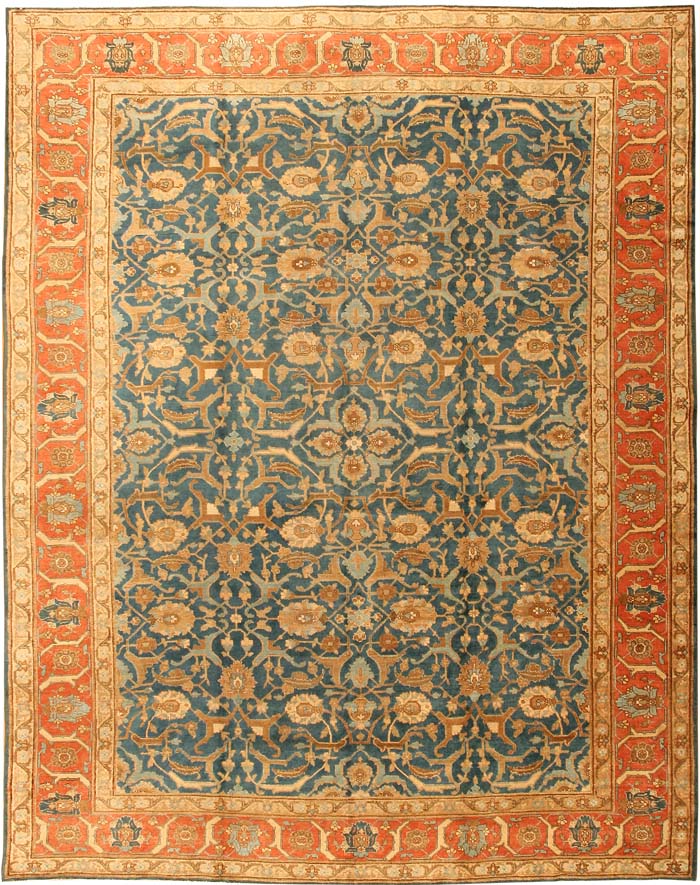Hamid
Kargar the head of Iran’s National Carpet Center is one of the most important
innovators in the field of Persian Rugs today. His efforts to protect the
Iranian carpet industry and the millions of people who depend on it is crucial. JBOC
 |
| Hamid Kargar head of Iran’s National Carpet Center |
News ID:1945Publish Date: Tue, 23 Sep 2014 00:25:24 GMTService: Iran
Hand-woven Persian carpet motifs to be registered globally
Hand-woven Persian carpet motifs to be registered globally
Tehran, Sept 22, IRNA – Head of Iran’s National Carpet Center Hamid Kargar says Persian carpet motifs will be registered globally in line with supporting carpet producers and developing export of hand-woven Persian carpets.
He told IRNA that hand-woven carpet is a multi-faceted subject in cultural, economic, social, employment and hard currency revenue fields and Iran’s National Carpet Center as the guardian of this major industry in the country should take all the mentioned aspects into consideration.
Kargar further remarked that one of the main programs of the center is propagation and dissemination of information on hand-woven Persian carpets which will cover foreign markets in addition to domestic ones.
“In order to propagated hand-woven Persian carpet all informational tools should be employed such as different media up to organizing specialized exhibitions and even dispatching producers to other countries in the form of trade delegations.”
He pointed to the provision of banking facilities, insurance for all carpet weavers and education for all those involved in this industry as the measures which have been taken so far for the development of carpet industry.
Kargar said one of the important measures of the center which has been launched to support hand-woven Persian carpet is registration of carpet pattern and motifs in the name of their creators, adding that the National Library of Iran and the Ministry of Culture and Islamic Guidance have cooperated with the center in this respect.




 Snow-covered Mount of Damavand, the highest peak in the Middle East (Photo by Oshin D. Zakarian)
Snow-covered Mount of Damavand, the highest peak in the Middle East (Photo by Oshin D. Zakarian)